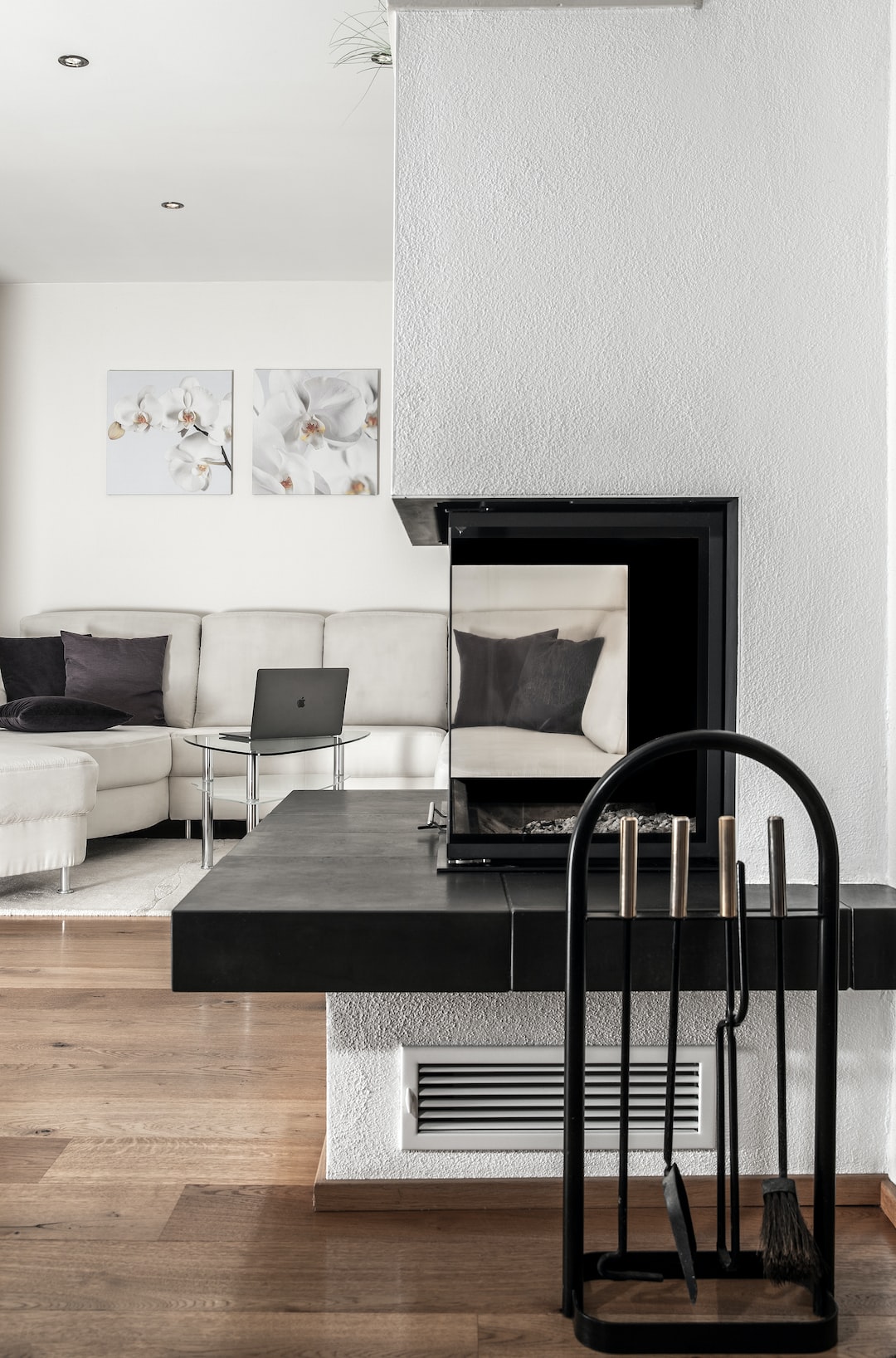Great architectural design is not just about coming up with a unique idea and executing it. It is also about incorporating design elements that evoke a sense of harmony, rhythm and unity. One such element that has been used by architects for centuries is repetition or pattern. The power of patterns in architectural design cannot be denied, as it has contributed to some iconic structures that have stood the test of time. In this article, we will explore the importance of repetition in architectural design and how it can be incorporated to create stunning structures that stand out.
Patterns are essentially repeating elements that generate a sequence or rhythm in a design. Repetition is present in all forms of architecture, from historical to contemporary structures. It is a design element that can be used to create a coherent visual identity for a building or space. Patterns can be found in various architectural features, from windows, doors, to tiles, and even in the layout of a structure.
One example of a pattern incorporated in architectural design is the use of mosaics, which is a decorative design created by using small, colored tiles. Mosaics have been used for centuries in various architectural styles, from Byzantine churches to Islamic mosques. They are a great example of how repetition can create a powerful visual impact. The repetition of shapes and colors in mosaics can create a sense of continuity and flow, and can also make a structure look more vibrant and alive.
Another example of a pattern that can be used in architectural design is the use of the “golden ratio.” The golden ratio is a mathematical proportion that has been used in art, design, and architecture for centuries. It is a ratio of approximately 1.618:1 and is believed to create a pleasing aesthetic. In architectural design, the golden ratio can be applied to create proportionate and balanced structures, which evoke a sense of harmony and balance.
Repetition is an essential aspect of creating a rhythm in architectural design. It can help to create a visual flow that guides the eye through a structure, making it more comfortable to navigate. It can also be used to define spaces within a structure, creating a sense of scale. Repetition can be incorporated in various architectural features, such as columns, arches, and even in the design of facades.
Incorporating repetition in architectural design can also be used to create a sense of unity. The use of a consistent pattern or design element throughout a structure can create a cohesive visual identity, and make it easy to identify the building or structure from afar. This is particularly important in public buildings such as museums, libraries, and government buildings, as it creates a sense of belonging and purpose.
In conclusion, the power of patterns in architectural design cannot be overemphasized. Repetition is an essential design element that has been used in architecture for centuries, and will continue to be used for many more. It can be used to create a sense of rhythm, harmony, unity, and balance. It is a design element that can be applied to various architectural features, from mosaics to facades and can help to make architectural design more accessible and relatable. Therefore, repetition should be a vital consideration in every architectural design project.
